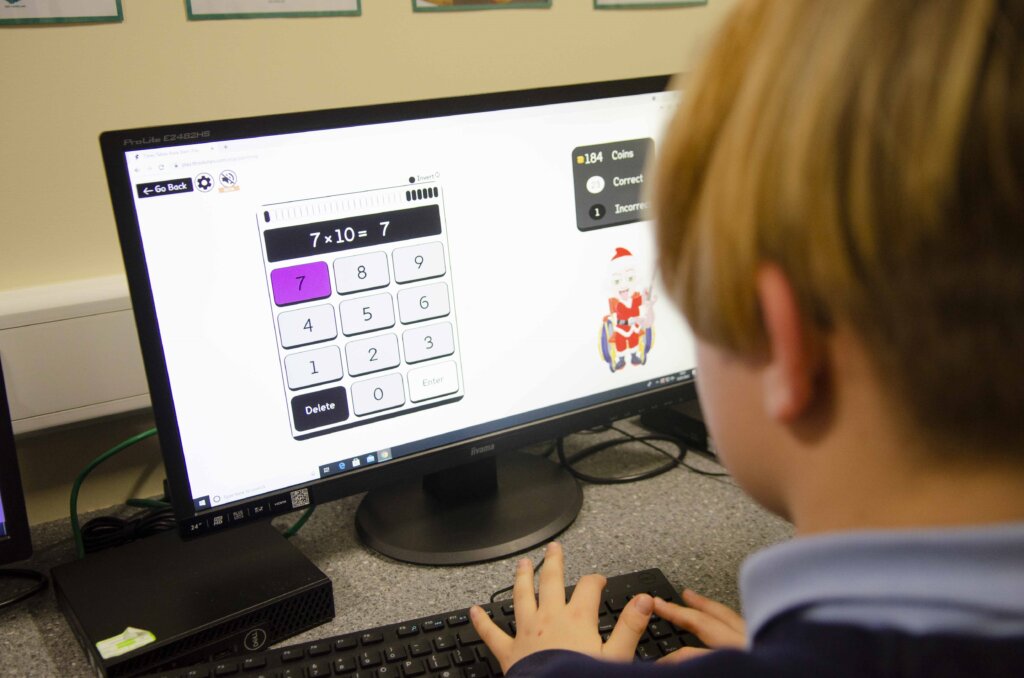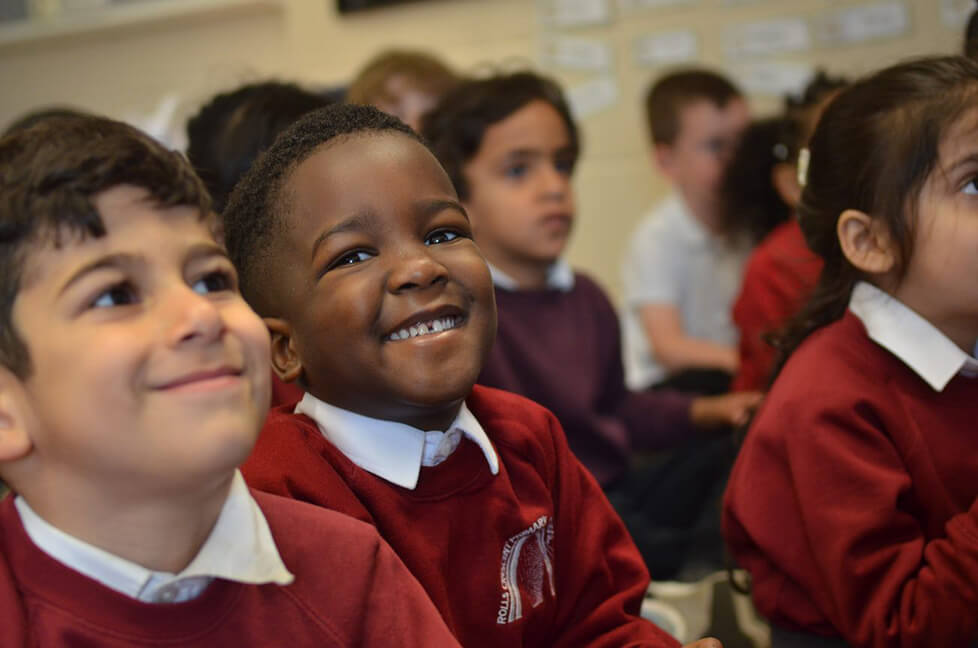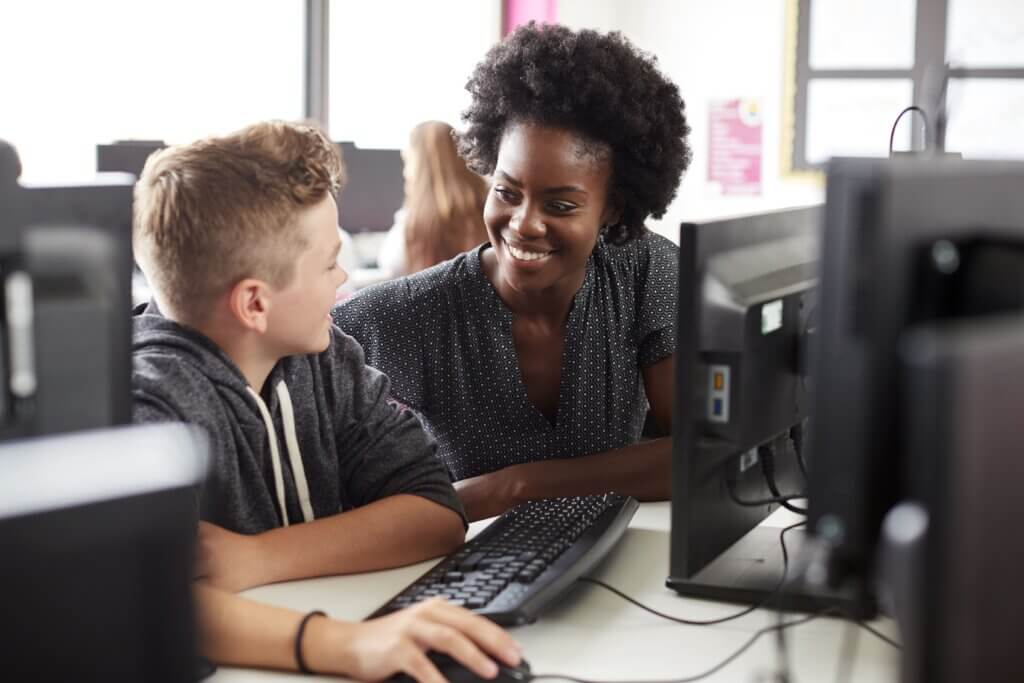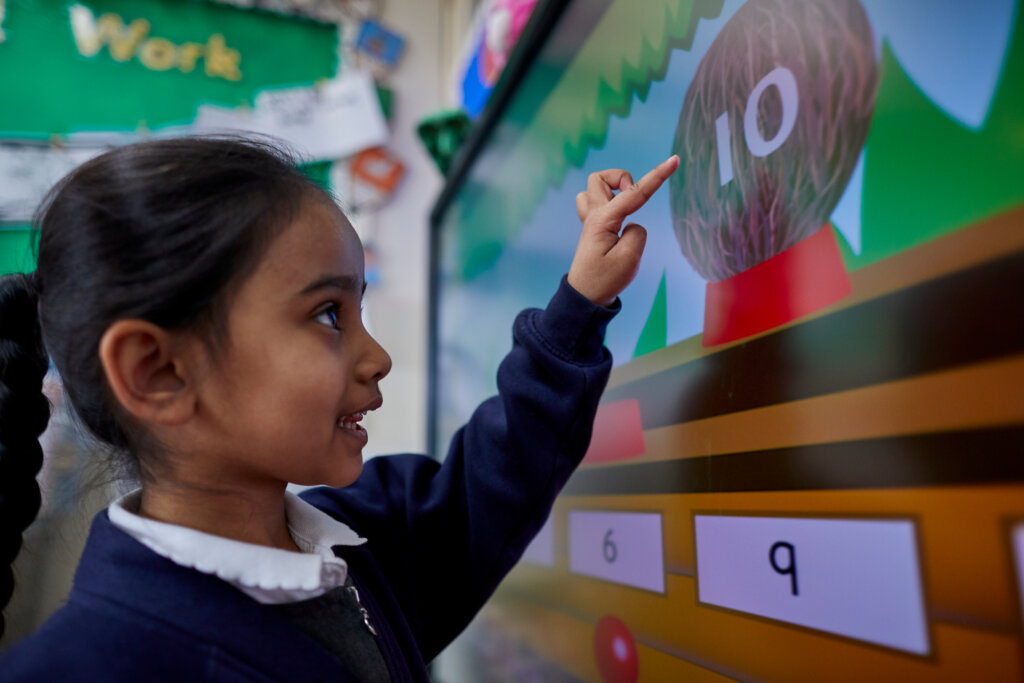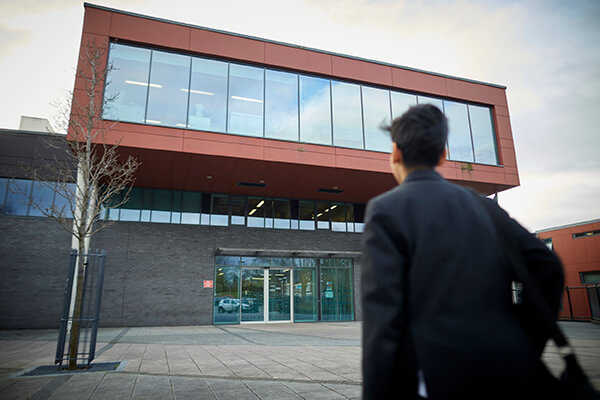It is not understated to say that the last few months have been challenging, not just for ourselves as professionals but also for the communities we support. Families have faced hurdles that they have never experienced and our strength and capabilities have been pushed further than we may have first thought.
September will bring a very different challenge, as our children return to school this is a completely different transition. Milestones such as starting Primary school or High School, even moving classes is now heightened with feelings of fear, excitement and anxiety as children have been out of the classroom for much longer than our usual 6 weeks.
What can we do to help? Firstly, it is important to remember that as well as our children trying to deal with this experience a lot of families may need extra support, it will not be easy to send your child back if a parent/carer is anxious about their child being safe. This after all is there number one priority. Communication is key! Share all your school’s information and new procedures with students and families via school website and letters home, even reach out with smaller targeted messages via social media. Something that is easily accessible to read and share with the child may help reduce some of the worries as they see the school has robust procedures in place.
Schools should also be working with their Local Authority and following any guidance that is published, for example some schools have risk assessments in place for the structure of their school day, as we know school days may not be the same. Reviewing these often will help schools to work in the best practice for their school. No school is the same regardless of area or student intake and each individual school will face their own challenges. Remember to keep checking the DfE for any new guidance.
Many schools have decided to zone off areas to each individual year group to help reduce the interaction and general movement around the buildings. Along with this is staggered break times and lunch times. Although this may seem like isolating year groups from peers it also helps schools to deal with identifying any outbreak should it occur and provide safety to other staff and pupils. This procedure is mirroring of the ‘bubble’ established by the government to keep people safe during lockdown.
Some schools have successfully established blended learning and it may be that this continues, for example many children have been working on google classroom throughout the pandemic and this could be introduced into a school routine as some schools may struggle to accommodate every student safely. This brings its own challenge in terms of internet access and device accessibility but again as a school the approach will have to consider ensuring every child has access to education.
The most important thing to remember is to do what works for your school and what gives you the best solution in ensuring that staff and pupils are reassured and safe and everyone receives the education they deserve.
One of the most important factors to consider when returning to school is going to be our social and emotional health, not just for students and families but for staff. Give chance to talk and work around fears or uncertainties and try to take positives from some of the experiences we are facing. Signposting to great charities such as Mind.Org will give students and others a chance to work on how they are feeling and realising that others may share the same concerns. Be as open and honest as you can we have all had our own fears throughout the pandemic and we are learning a new way of life. We are only human after all.

